Swamp, No Man's Land, Transition Zone, call this part of the track whatever you want, is it good to play balls from this place, which is often criticized by professionals?
Here is a subject that can startle more than one. On a track of padel, he is recommended to play at the back of the track or in linet. But between these two areas, there is what is called “No Man's Land”, a place that we prefer to keep secret, to use it. only for the game of high balls Type bandejas or smashes, balls mostly played while moving backwards.
So, can we play in No Man's Land?
The answer would be yes… and no.
Yes because it is interesting during a point to use this transition zone to fix the opponents at the back of the track, to make a volley after a serve, to take the time to come to the net when we are beginners or when we are taking age or become less swift, or when we want to put pressure on our adversaries.
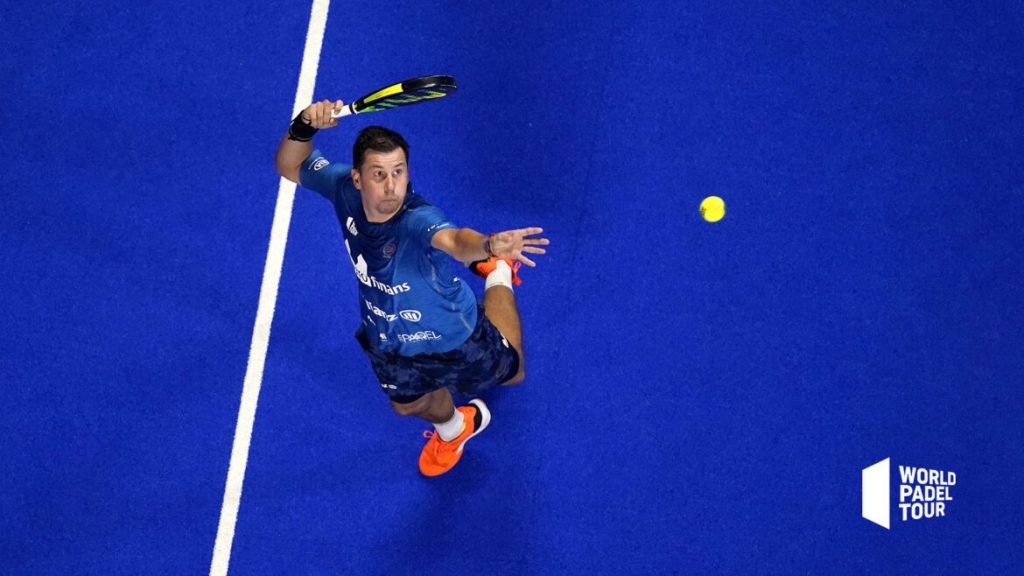
No because it's an area from which we don't really know how to play. Attack position not really effective because our volleys will travel longer so will be easier to negotiate by our opponents, and especially because we will have to play these volleys below the level of the belt. Defense position either because if you let the ball pass to let it bounce off the back glass, you will find yourself overtaken.
This area therefore serves as transition for your runs to the front or for your high balls. As a reminder, you cannot afford, after playing a high ball, to go back to the bottom of the track. Therefore, all balls played in this transition zone, whether they are volleyed, spiked or played after bounce, will have to be followed forward.
Can we play multiple times from this area?
Of course. But bear in mind that the longer you stay in this part of the track, the more difficult it will be for you to maintain an offensive position. A nice volley from No Man's Land, without rushing and well placed, will guide you to a second end that is much more aggressive at the net.
No Man's Land, for whom?
All players, of all levels, can play in the transition zone. High-level players will stay there for a short time in the ascent phase towards the net because the punishment of a ball in the feet is quickly arrived, but a high ball in this area will allow them not to lose the net.
For beginners or players with reduced physical capacities, it is interesting to take the time to stop in this area to build the point and thus avoid making a direct fault.
Intermediate level players will need to mix high level with beginner level to understand that at times it is good to come quickly to the front, and at other times it is better to take the time to ensure your come to the net or carry out a pressurization.
Julien Bondia is a teacher of padel in Tenerife (Spain). Columnist and advisor, he helps you play better through his tutorials and tactical/technical articles padel.




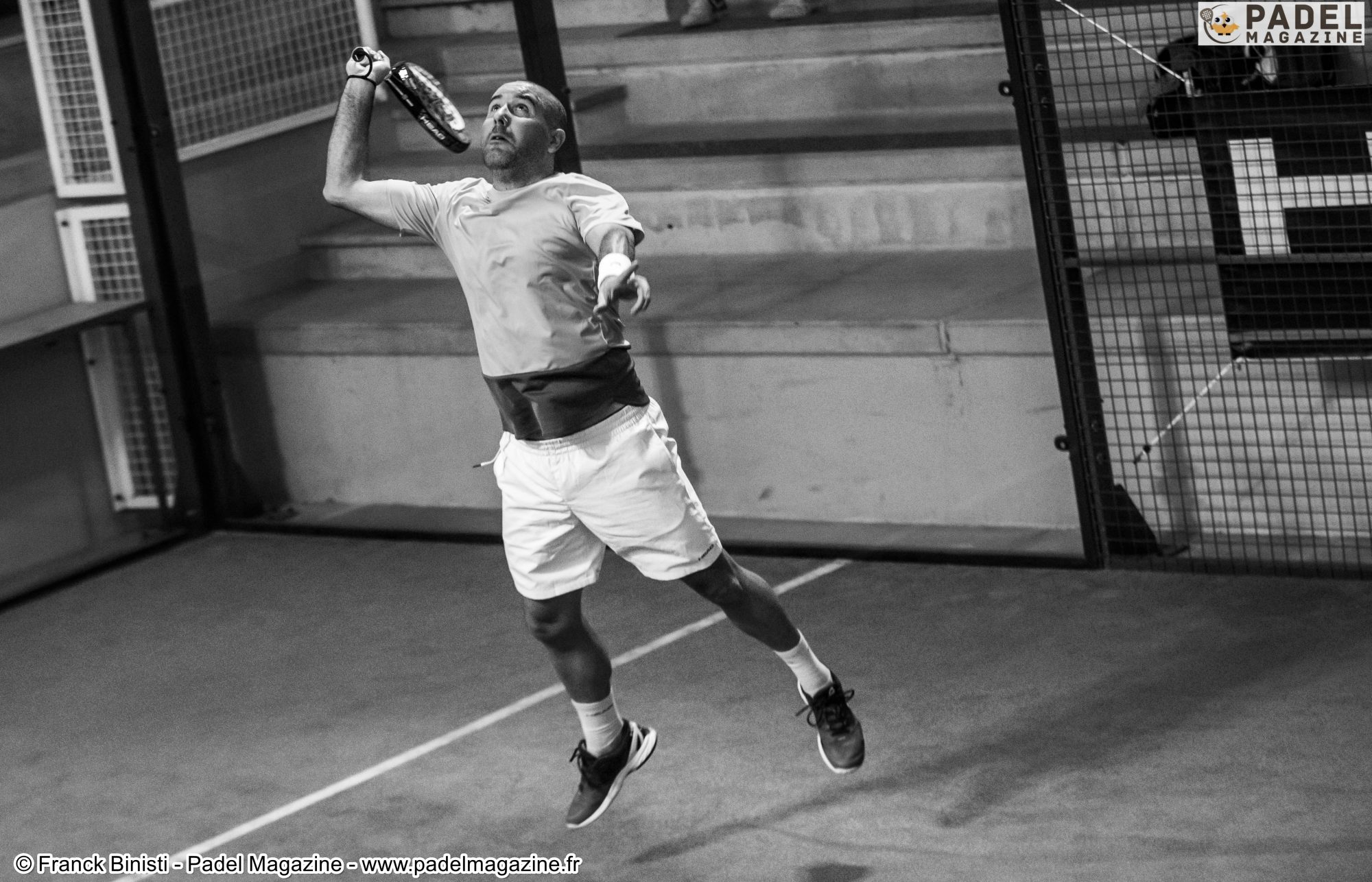
































































































 It’s off to a bad start for Pincho Fernandez and Javier Barahona…
It’s off to a bad start for Pincho Fernandez and Javier Barahona…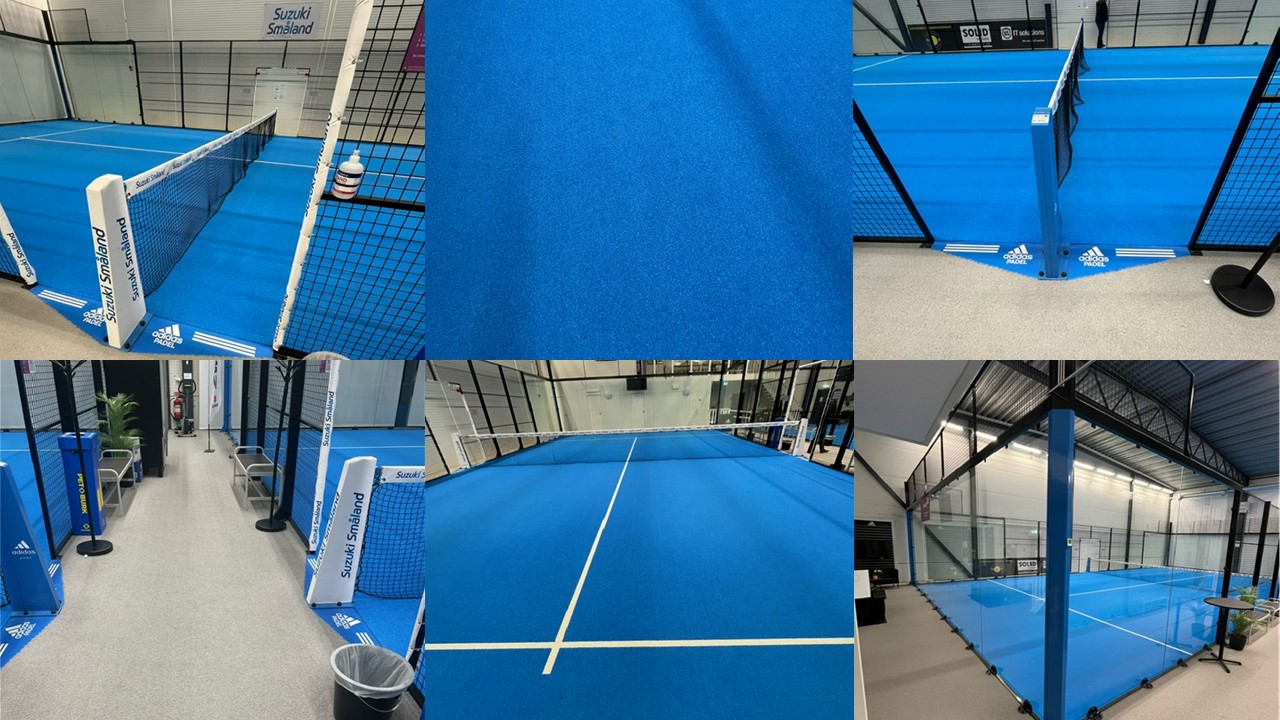 Occasions – Two tracks of padel premium available for sale for €25.000
Occasions – Two tracks of padel premium available for sale for €25.000 Padel Score comes to Tahiti for American Express Padel Cup!
Padel Score comes to Tahiti for American Express Padel Cup!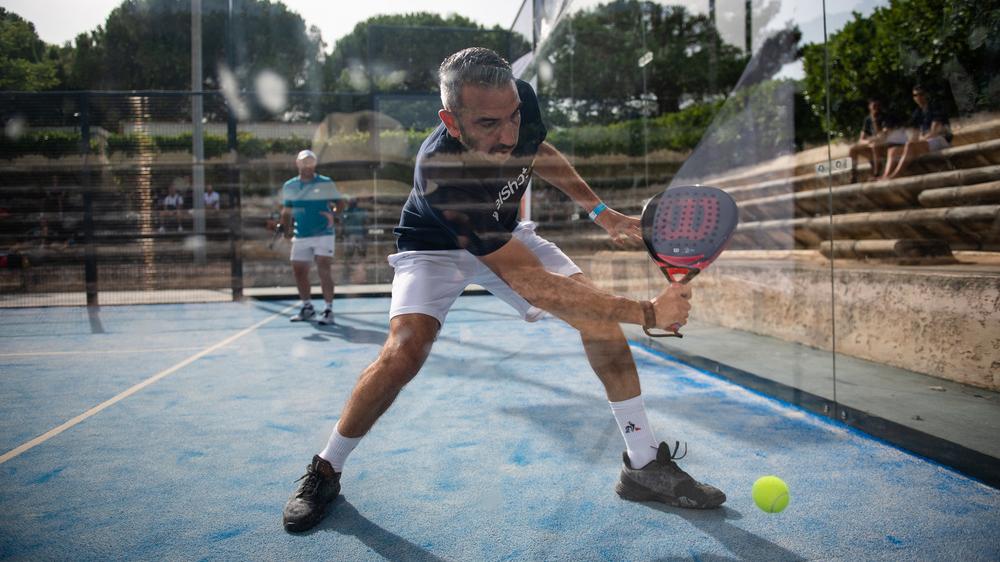 Simon Boissé: “We know that there are two nations in front of us”
Simon Boissé: “We know that there are two nations in front of us” Marie Maligo: “This period of frequent changes of partners was beneficial for me”
Marie Maligo: “This period of frequent changes of partners was beneficial for me”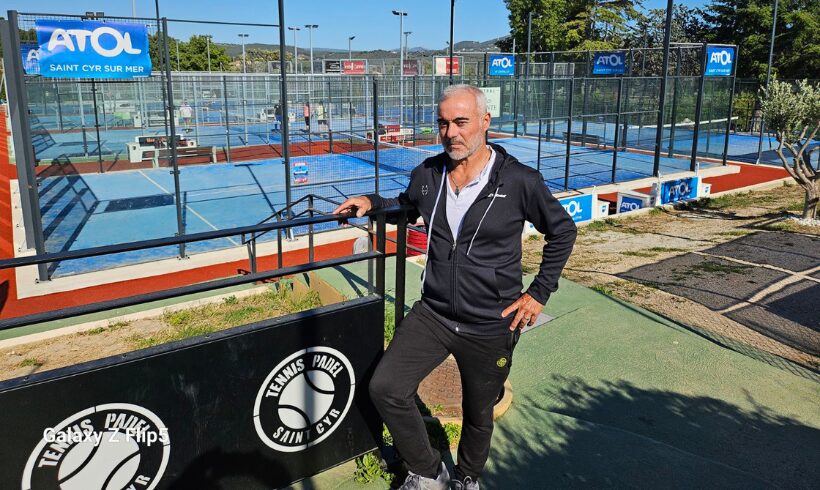 Alain Idier: “Adding tracks of padel, without sacrificing tennis”
Alain Idier: “Adding tracks of padel, without sacrificing tennis”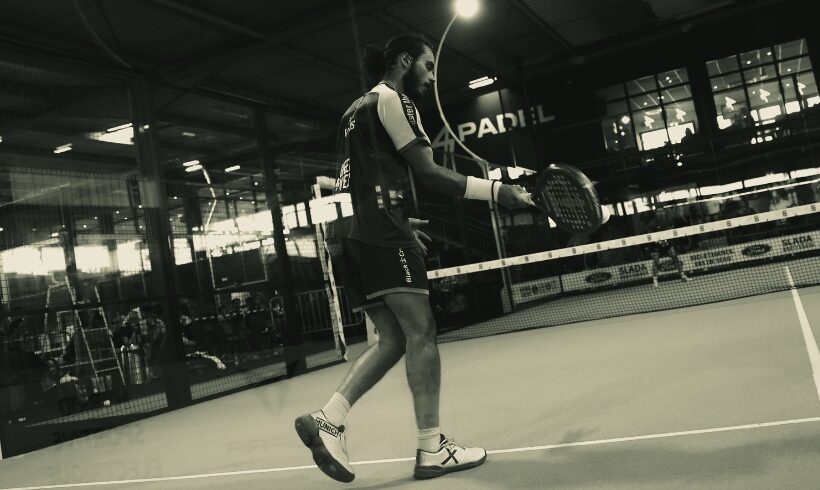 Manuel Vives: “It’s extremely difficult to get by financially”
Manuel Vives: “It’s extremely difficult to get by financially” Mind Padel Lyon and the Auvergne Rhône-Alpes League innovate with team tournaments
Mind Padel Lyon and the Auvergne Rhône-Alpes League innovate with team tournaments Simon Boissé: “We know that there are two nations in front of us”
Simon Boissé: “We know that there are two nations in front of us” Team PAX (Domingo / Xari) returns to victory
Team PAX (Domingo / Xari) returns to victory Do you know the Rafa Nadal Academy Tour?
Do you know the Rafa Nadal Academy Tour? Alex Ruiz: “Finding joy again with Momo”
Alex Ruiz: “Finding joy again with Momo”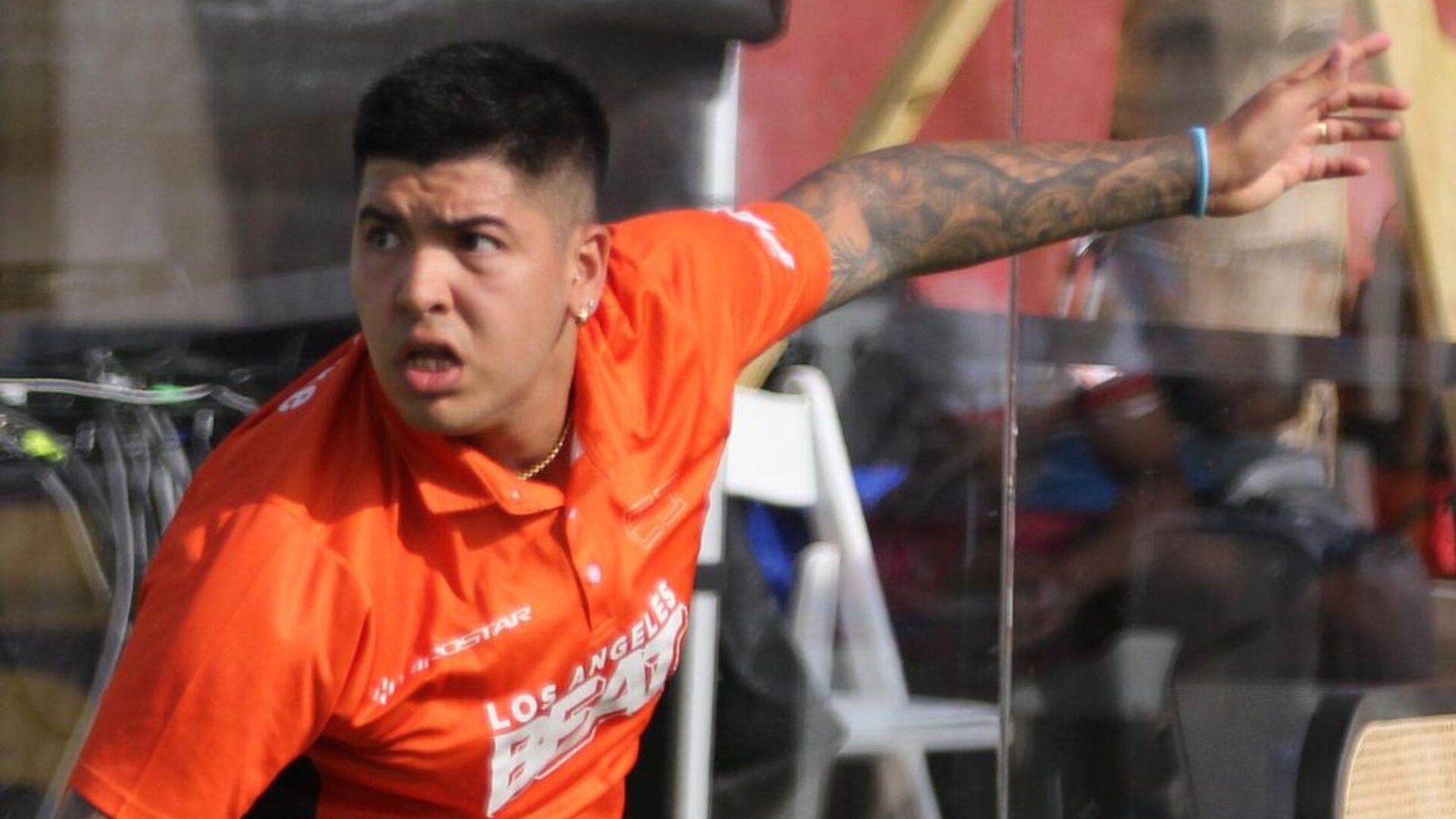 Nerone: “Tolito is not a normal player”
Nerone: “Tolito is not a normal player” Play at padel on his yacht? Possible for €233.000!
Play at padel on his yacht? Possible for €233.000!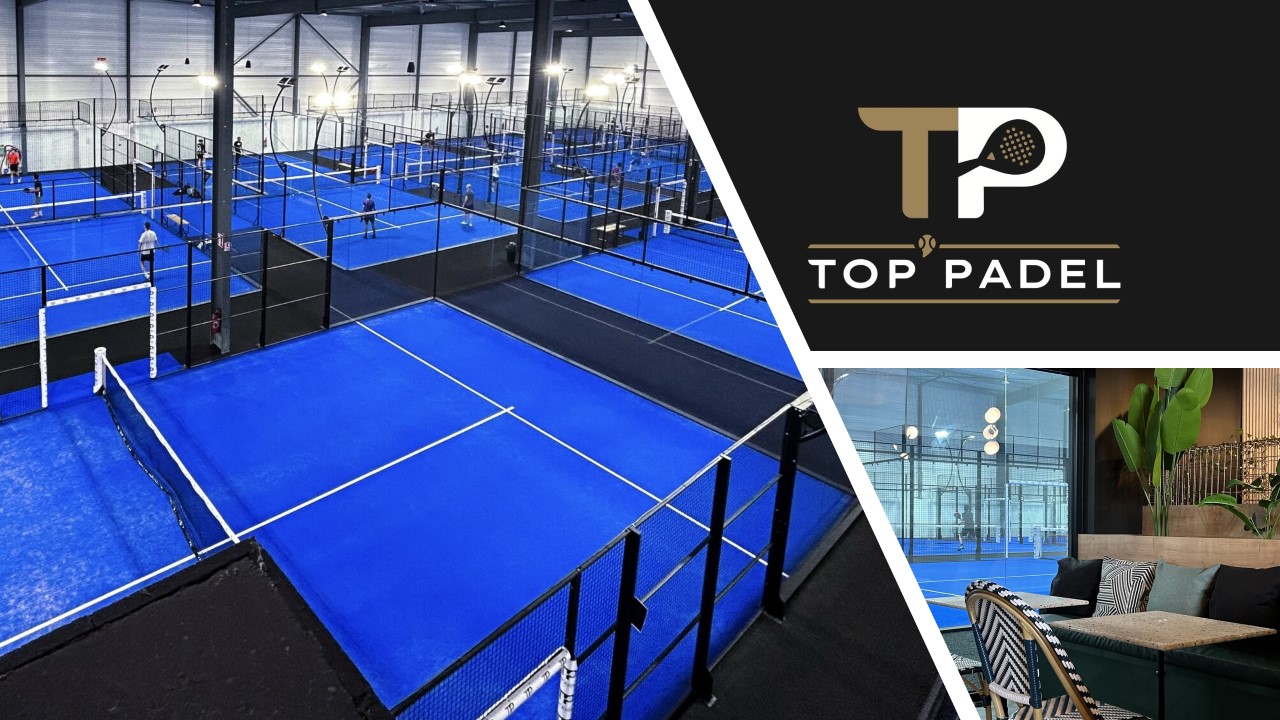 TOP Padel : “A premium club with 10 slopes in Toulouse”
TOP Padel : “A premium club with 10 slopes in Toulouse” Our Top 10 training courses padel in France and Europe
Our Top 10 training courses padel in France and Europe At the heart of padel – Episode 25: Paul and Andoni answer your questions
At the heart of padel – Episode 25: Paul and Andoni answer your questions Tactical padel – What to do when faced with players who systematically stay at the bottom?
Tactical padel – What to do when faced with players who systematically stay at the bottom? The basic tactics of padel
The basic tactics of padel At the heart of padel – Episode 25: Paul and Andoni answer your questions
At the heart of padel – Episode 25: Paul and Andoni answer your questions At the heart of padel – Episode 23: defend the window well
At the heart of padel – Episode 23: defend the window well Prohibition on playing topless Padel : the reasons
Prohibition on playing topless Padel : the reasons FIP Tour – Going far from Europe, THE strategy to earn points!
FIP Tour – Going far from Europe, THE strategy to earn points! What is a good football player? padel ?
What is a good football player? padel ? “Lefties give me headaches when I play against them!”
“Lefties give me headaches when I play against them!” At the heart of padel – Episode 14: how to earn points in winter?
At the heart of padel – Episode 14: how to earn points in winter? A par 4 is always a winner...even if you manage to defend it!
A par 4 is always a winner...even if you manage to defend it! Carbon fiber VS fiberglass: what to choose?
Carbon fiber VS fiberglass: what to choose? How to effectively test a racket padel ?
How to effectively test a racket padel ? La padel to fight Parkinson's disease
La padel to fight Parkinson's disease Don't play with a cracked or broken racket, your body will thank you!
Don't play with a cracked or broken racket, your body will thank you! Michel Cymes: “The padel, physically, it’s serious!”
Michel Cymes: “The padel, physically, it’s serious!” Jeremy Gala: “Promote the padel among young people in Belgium remains a challenge”
Jeremy Gala: “Promote the padel among young people in Belgium remains a challenge” The French Touch Academy organizes its selection day Padel-Study
The French Touch Academy organizes its selection day Padel-Study Report on the detection and training of younger generations
Report on the detection and training of younger generations